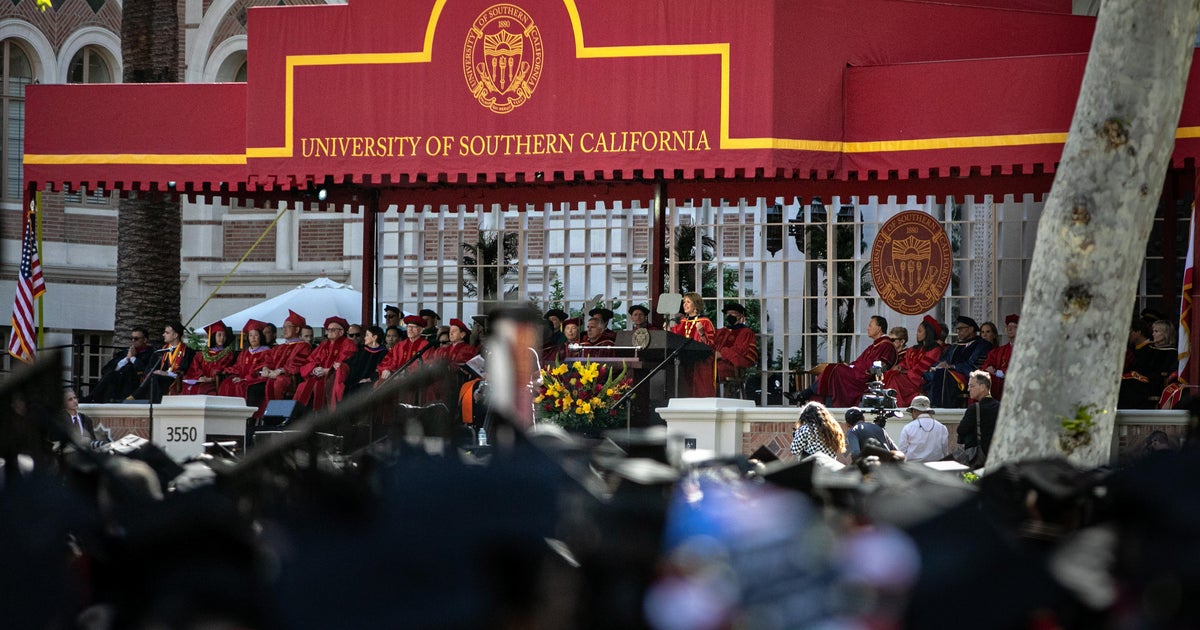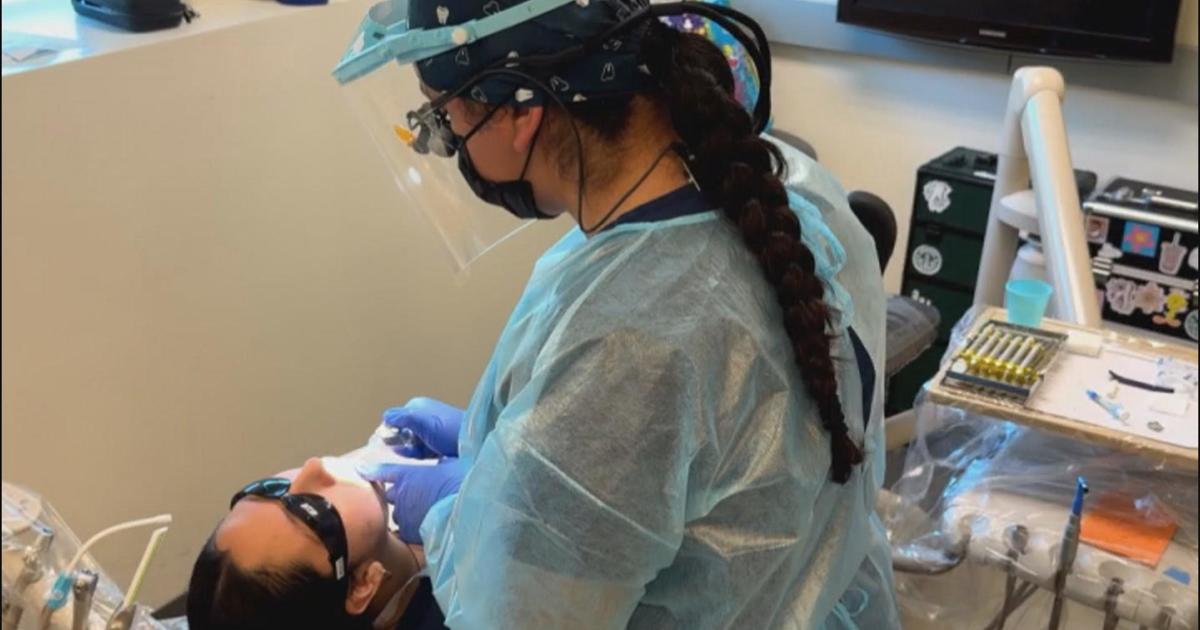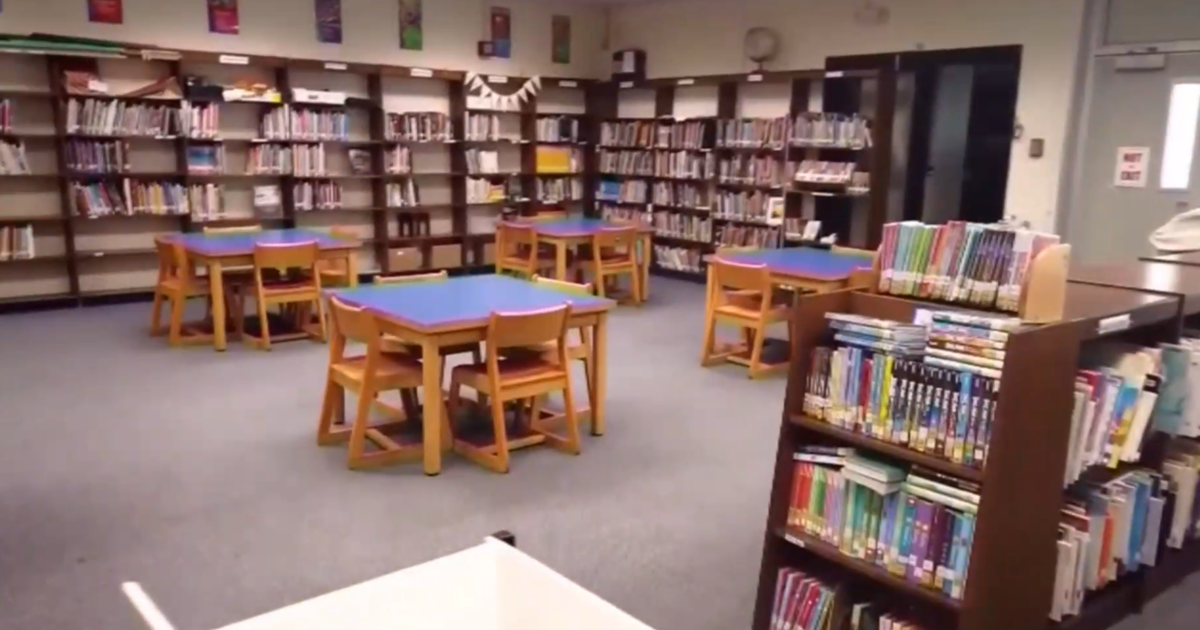5 Cool Things About NASA Kids' Club
By Laurie Jo Miller Farr
How could any job be cooler than an astronaut? For children fascinated by NASA's mission of reaching for new heights and discovering the unknown for the benefit of humankind, there's the online clubhouse. It's at NASA Kids' Club, a place to keep the interest fueled even when school's out.
Fun with STEAM
National Aeronautics and Space Administration (NASA) brings the building blocks of space exploration down to earth through safe interactive games designed for the skill levels of pre-schoolers through grade four. The basics of science, technology, engineering, arts and mathematics (STEAM) can be fun when paired with topics such as planets, weightlessness, and the solar system.
What Comes Next?
Here's a modern take on Jack and Jill went up the hill. Sequencing for pre-kindergarteners is an out-of-this-world experience that sounds like this in "What Comes Next?" for NASA kids and their teaching partners. "Jill looks at the moon. She looks at Earth. She looks at the moon. She looks at Earth. What does she look at now?" When the child learns that "Jill looks at the moon" should come next, very good; and you're on to the next lesson.
It's Not the Same
More fun for kindergarteners as they develop a sharp eye to focus on distinguishing the differences between two drawings. When the comparisons are space-themed, the challenge is even more engaging for curious young minds. Skills that develop include comparing, sorting, and classifying objects according to their attributes. Teachers can introduce the game using stories as well.
Roving on Mars
Kids can test their driving skills by dragging the Mars rover with a computer mouse. The names of Martian landscapes appear as you go and staying inside the lines is critical to avoid having to re-start the navigation. Patience and perseverance, as well as dexterity and focus, are well tested at each level of the map becomes more challenging. It's a grade three development test for fine-tuning motor skills and eye-hand coordination.
Flip Time
It's a changing, digital world out there. Do we teach a child to read a clock with hour, minute and second hands or do we teach the readings that appear on digital screens? The answer is both. This memory and the clock-reading game helps third-graders to flip back and forth between analog and digital readings, becoming adept at both in no time.
Window to Earth
How does our home planet look from so far away? Pick out pictures of deserts, volcanoes, archipelagos, waterfall, peninsulas and more taken from space to learn more about landforms on earth. Use the computer mouse to zoom in and out, up and down, right and left while reading more about these special places. How did NASA get these images? Some are taken with cameras on the International Space Station; some are taken from satellites; many more pictures were taken by astronauts on the space shuttle.



